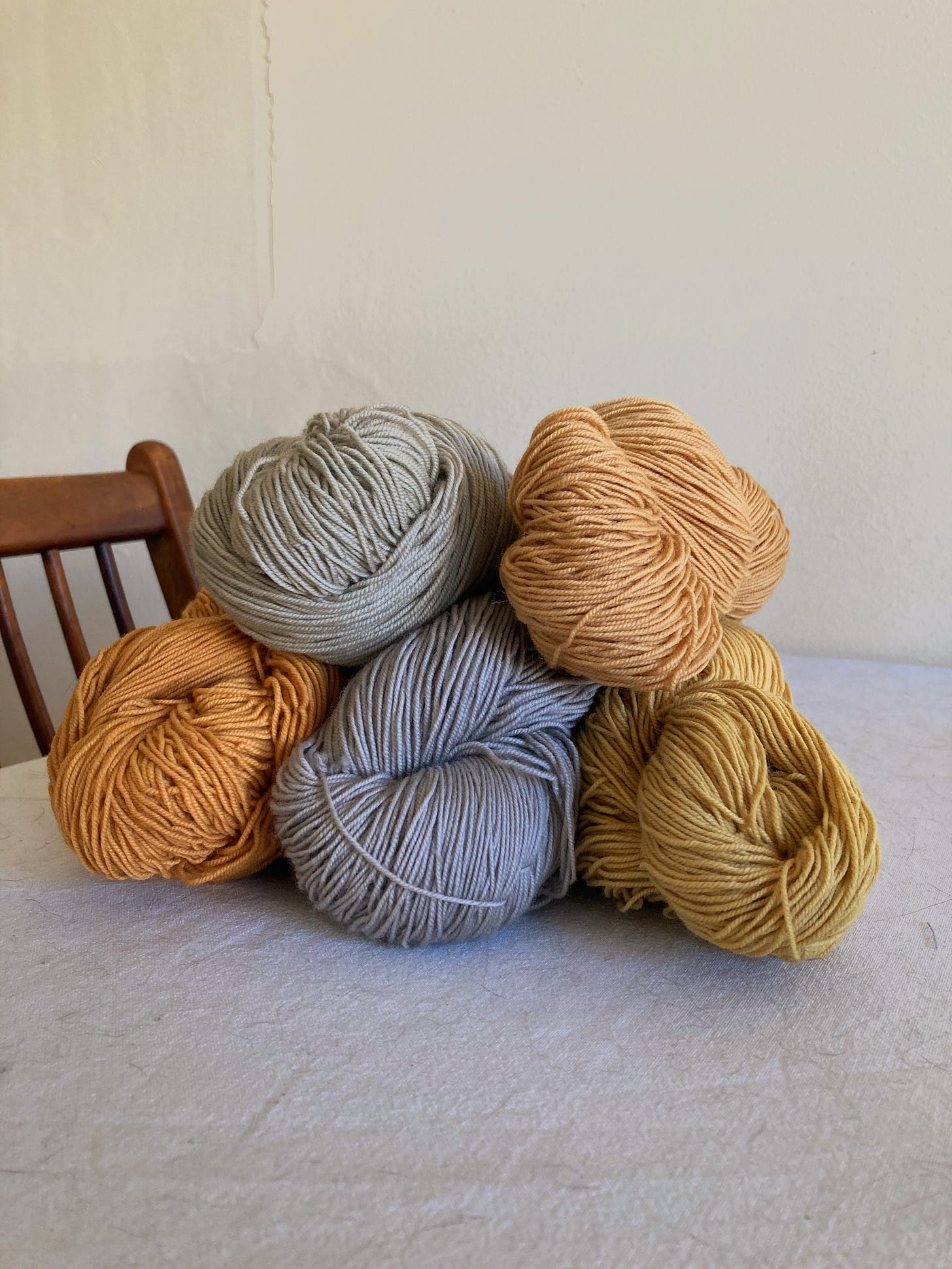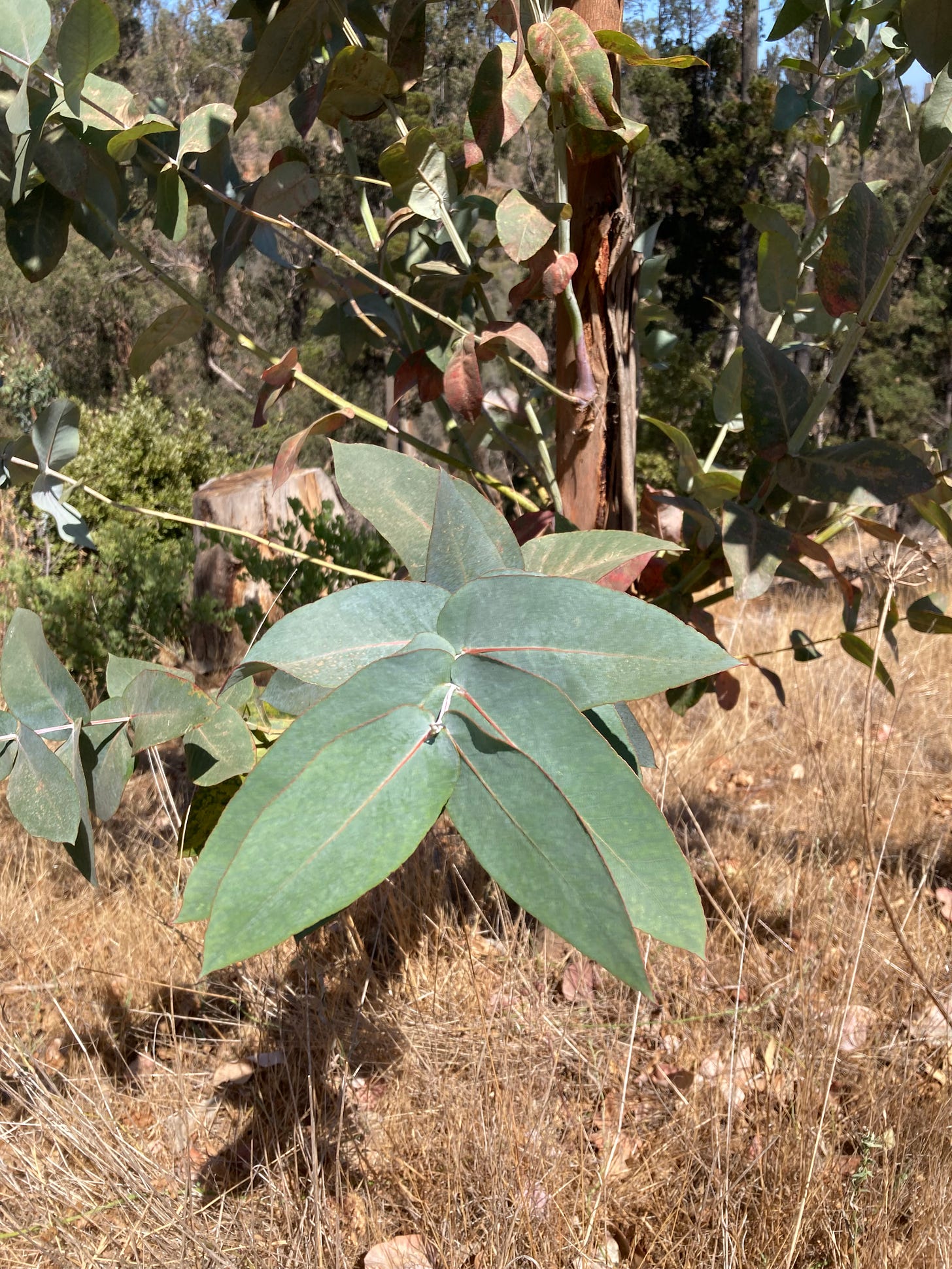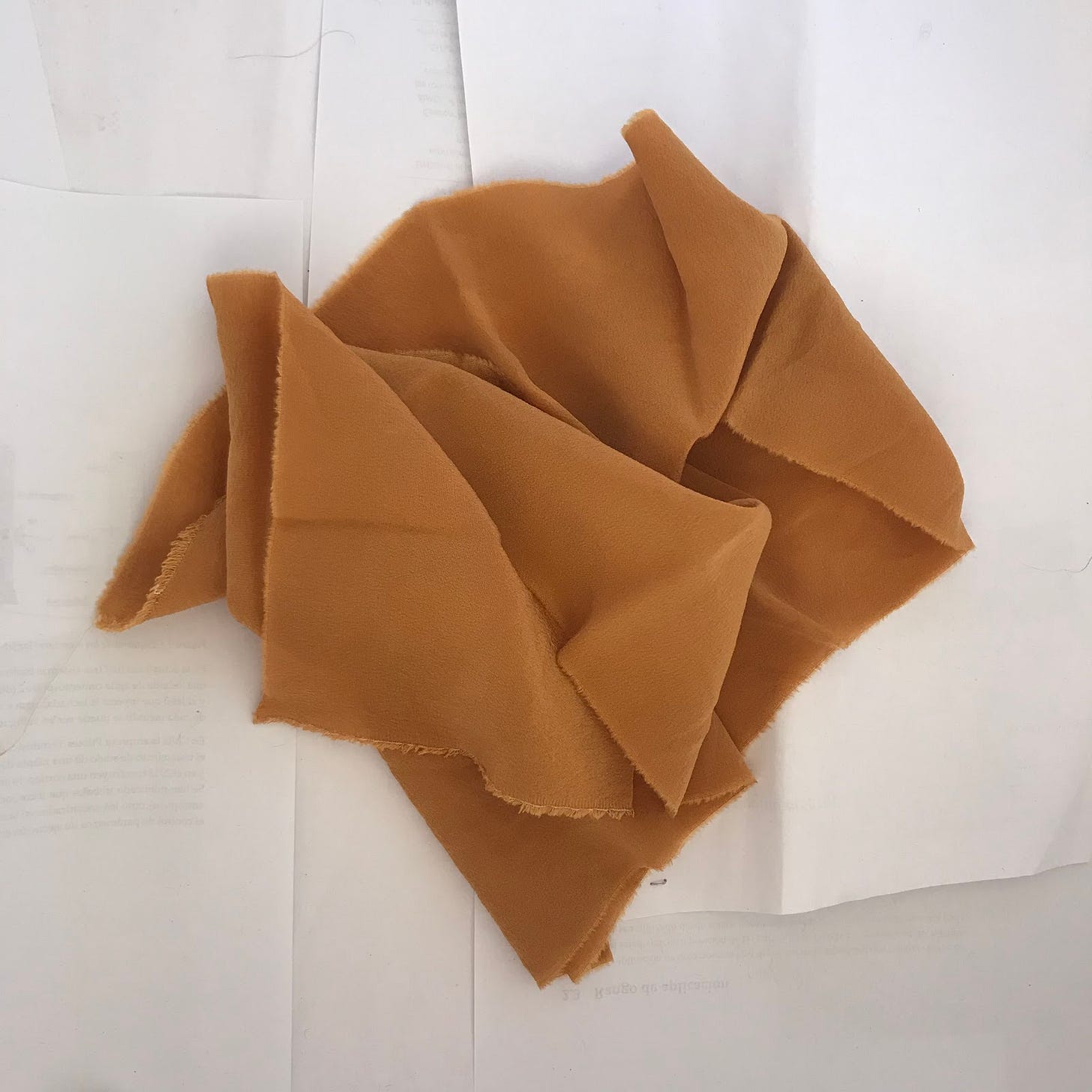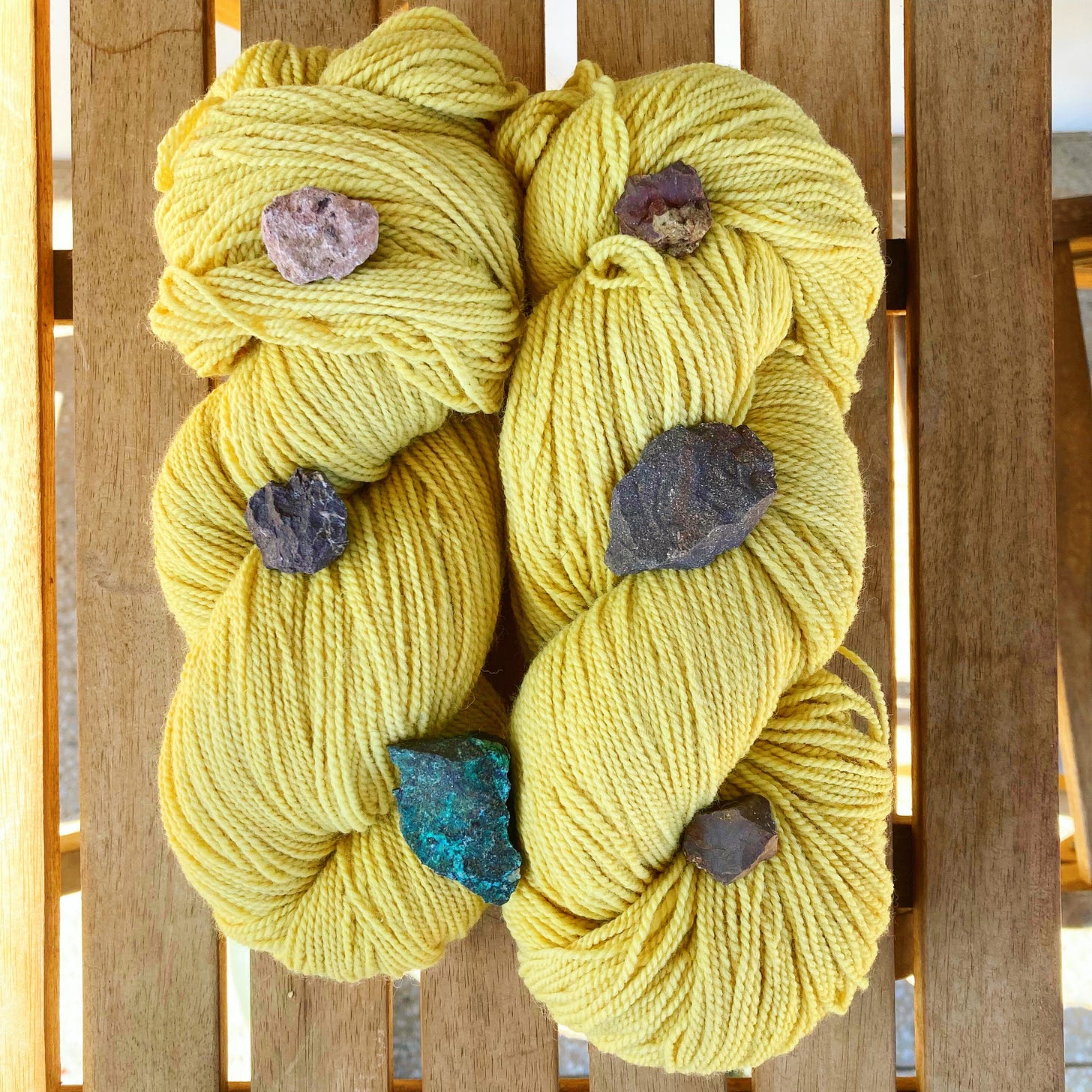Welcome to the first plant of the month newsletter! Each month, I'll share what I’ve learned and observed about one plant that makes up a regular part of my dye practice. I’ve been practicing natural dyeing for several years, but I don’t yet consider myself an expert- I’m constantly seeking out information and resources from other dyers who know so much more than I do! That said, the best way to gain knowledge of natural dyes is through experience, and I’ve been slowly building up that experience. This isn’t be a comprehensive guide to any dye plant or natural dye method, but rather a collection of observations based on my own experiments and results in my dye practice.
January's plant is Eucalyptus. Eucalyptus is widely available to me all year round. It is an introduced species to Chile, and it has caused displacement of native forests and can make the forests here in central Chile more susceptible to fires (a big concern due to several years of drought conditions). Here in Viña del Mar, it has replaced a lot of the native trees of the sclerophyllous forest (bosque esclerófilo). There are dozens of different species of Eucalyptus, and I don’t know yet how many I might find in Chile. For now, in the park where I usually collect eucalyptus, I find these two types of leaves:

Both the bark and the leaves of the Eucalyptus tree can be used for dyeing. The bark falls right off the tree and is easy to collect on the ground. If leaves have freshly fallen, I collect those, but usually I pick fresh leaves, since it seems that when the leaves dry out in the sun they lose their pigment. I’m always careful to never harm the plant when I’m foraging, but with eucalyptus it’s usually not a concern since both the leaves and bark are so abundant I can take a little from several different trees and still leave plenty behind.

Eucalyptus is a substantive dye, meaning it doesn't need a mordant to attach to fiber. However, I often use alum anyway to obtain a stronger color, and I also use iron as a modifier. Eucalyptus, especially the bark, takes a while to release all its color, so after heating the dye bath I usually let it sit for several days.
As with many of the dye plants I use, I get more saturated colors when I use rainwater instead of my hard tap water. Rainwater isn’t always available to me- in central Chile it only rains in the winter months, and often only a few times. But, as you can see in this photo comparing tap water and rainwater on silk (with no mordant and with iron) it makes a big difference!

Eucalyptus can produce a wide range of colors, but with my experiments so far I get an orange, brown or beige color from the bark with alum or no mordant, and grey with iron; and from the leaves I get bright yellow or mustard yellow. I’m not sure if the species here don’t give bright oranges or reds that I’ve seen other dyers get from eucalyptus, or if I just haven’t managed to get them yet.


I still feel like I’ve only scratched the surface in dyeing with eucalyptus, so I hope to share more dye experiments and colors throughout the year. Because it’s such an abundant dye material for me, I have lots of opportunities to experiment.
I share my naturally dyed yarn on Instagram @neblina.wool, post more about process and all my other making on the Making app @neblina, and will be back with another newsletter next month talking about a new plant!






